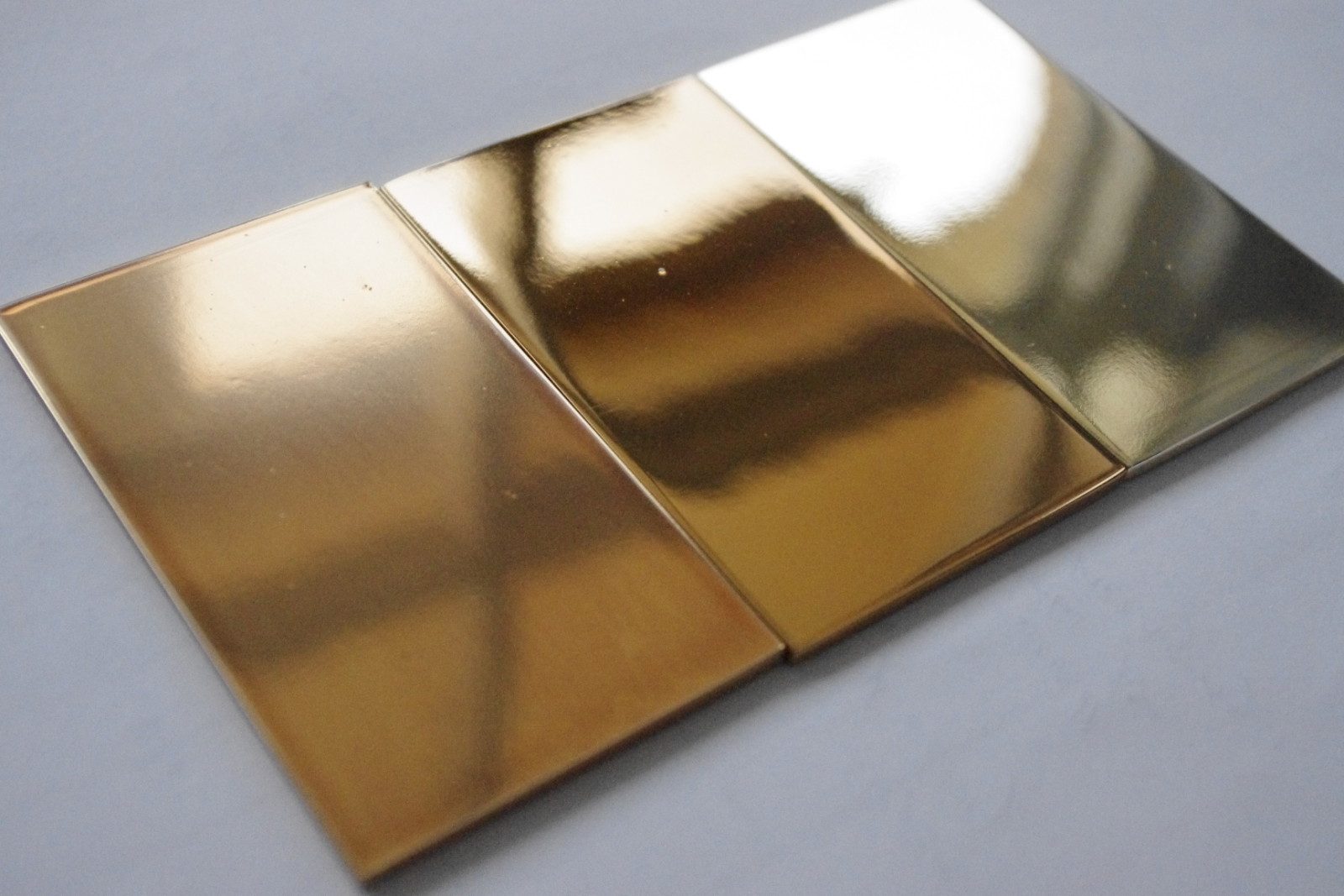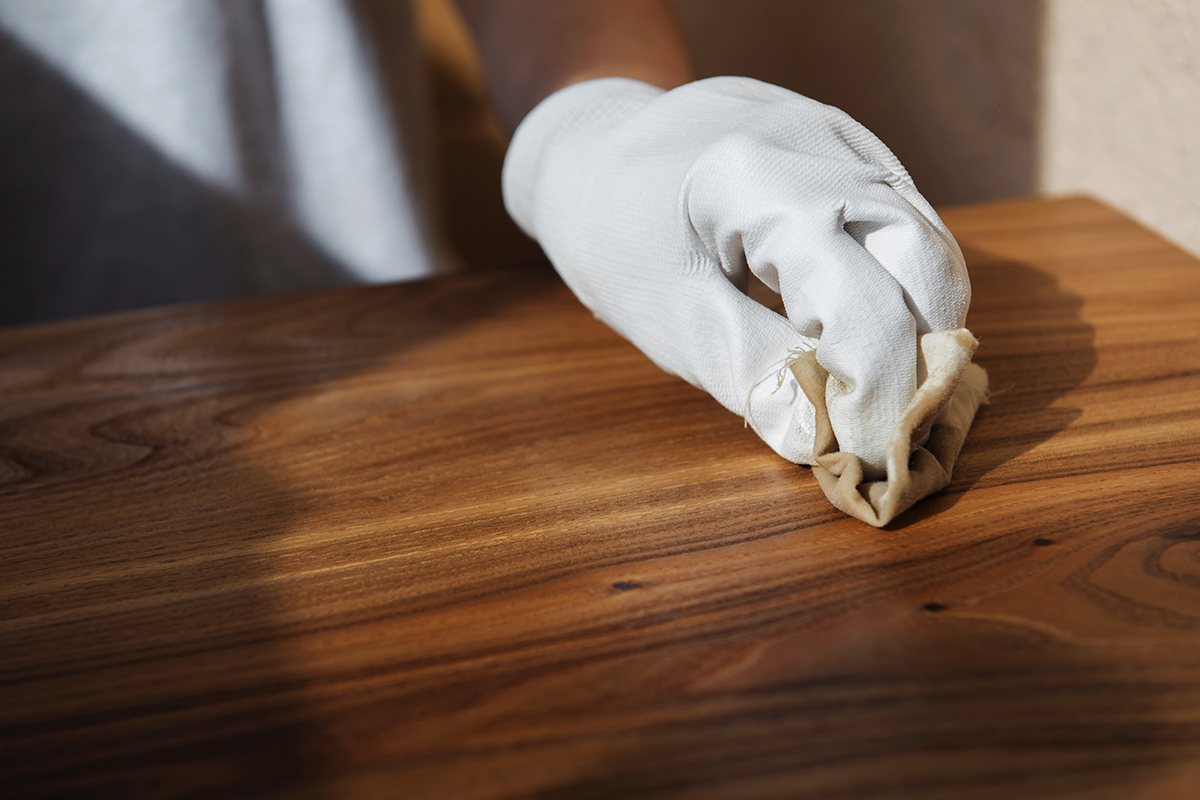Wood vs. Metal Finishes: A Comprehensive Comparison
Choosing the right finish for your furniture, home decor, or even industrial equipment is a crucial decision impacting aesthetics, durability, and overall cost. The choice often boils down to two primary materials: wood and metal. At cartlab.web.id, we understand the importance of this decision and offer a wide range of options to suit your needs. Whether you’re looking for the warm, natural beauty of wood or the sleek, modern appeal of metal, we’ve got you covered. This comprehensive guide will delve into the key differences between wood and metal finishes, helping you make an informed choice for your next project. We’ll explore the pros and cons of each material, considering factors like maintenance, cost, durability, and aesthetic appeal.
The selection of wood vs. metal finishes can dramatically alter the overall look and feel of a space. From rustic farmhouse charm to minimalist modern design, the material you choose sets the tone. Understanding the inherent properties of each material—their strengths and weaknesses—is vital for making a decision that aligns with your vision and practical needs. This article will provide you with the information you need to confidently navigate this crucial design element.
Ultimately, the “best” finish depends entirely on the specific application and your personal preferences. This guide aims to provide a balanced perspective, allowing you to weigh the advantages and disadvantages of each material before making your final decision. Let’s dive into the details.

Aesthetic Appeal: The Look and Feel of Wood and Metal

The aesthetic differences between wood and metal are striking and immediately apparent. Wood offers a natural, organic beauty. Its inherent grain patterns and variations in color create a unique, visually rich surface. Depending on the type of wood and the finish applied, you can achieve a range of looks, from rustic and raw to sleek and polished. Popular wood finishes include:
- Natural: A minimal finish that highlights the wood’s natural grain and color.
- Stained: Enhances the wood’s color and grain, offering a wide variety of shades.
- Painted: Provides a uniform color and hides the wood grain.
- Lacquered: Creates a high-gloss, protective finish.
Metal, on the other hand, offers a modern, industrial, or even futuristic aesthetic. Its smooth, continuous surface creates a clean, minimalist look. Different metal finishes can dramatically alter the appearance:
- Brushed: Creates a subtle texture and muted sheen.
- Polished: Produces a high-gloss, reflective surface.
- Powder-coated: Offers a durable, colored finish with a variety of textures.
- Anodized: Creates a hard, protective layer that enhances color and durability, often used on aluminum.
The choice between wood and metal often reflects personal style and the desired atmosphere. Wood tends to create a warmer, more inviting feel, while metal can lend a sense of sophistication, modernity, or even ruggedness.
Durability and Longevity: Which Material Lasts Longer?

Both wood and metal can be incredibly durable, but their strengths lie in different areas. Wood, while susceptible to scratches and dents, can often be repaired or refinished, extending its lifespan significantly. However, wood is vulnerable to moisture damage, warping, and insect infestation if not properly treated and maintained. Proper sealing and regular maintenance are crucial for maximizing the longevity of wood finishes.
Metal, particularly steel and aluminum, is exceptionally resistant to scratches and dents. It’s also generally impervious to moisture damage and insect infestation. However, metal can be prone to rust or corrosion, especially in humid environments or without proper protective coatings. The type of metal and its finish significantly impact its durability. For instance, powder-coated steel offers superior protection against corrosion compared to untreated steel.
Consider these factors when comparing durability:
- Impact Resistance: Metal generally surpasses wood in impact resistance.
- Moisture Resistance: Metal is superior to wood in resisting moisture damage.
- Maintenance: Wood requires more regular maintenance than metal.
- Repair: Wood scratches and dents can often be repaired; metal damage might require more extensive repair or replacement.
Maintenance and Care: Effort vs. Longevity

The maintenance requirements for wood and metal differ significantly. Wood finishes typically require more frequent cleaning and occasional refinishing or repair. Dusting regularly and using appropriate cleaning solutions are essential to prevent damage and maintain the finish’s appearance. Spills should be cleaned immediately to prevent staining. Over time, wood may require sanding, staining, or re-sealing to restore its beauty and protect it from damage.
Metal finishes, especially those with protective coatings like powder coating or anodizing, are generally easier to maintain. They often require only occasional cleaning with mild soap and water. However, some metal finishes, such as polished chrome, may require more frequent cleaning to prevent tarnishing or fingerprints. Rust or corrosion should be addressed promptly to prevent further damage.
Here’s a quick comparison:
- Wood: Requires regular cleaning, occasional refinishing, and protection from moisture.
- Metal: Generally low maintenance, but requires attention to prevent rust or corrosion.
Cost and Affordability: Budget Considerations

The cost of wood and metal finishes varies widely depending on the specific material, quality, and finish. Generally, high-quality hardwood finishes tend to be more expensive than metal finishes, especially for large-scale projects. However, readily available softwoods can offer a more budget-friendly option. The cost of metal also depends on the type of metal used (e.g., steel, aluminum, brass) and the complexity of the finish. Powder coating, for instance, adds to the overall cost compared to a simple brushed or polished finish.
Factors influencing cost:
- Material type: Exotic hardwoods are more expensive than common softwoods. Certain metals like brass or stainless steel are pricier than steel or aluminum.
- Finish type: Complex finishes like intricate wood carvings or specialized metal coatings increase cost.
- Labor costs: The labor involved in crafting and finishing pieces contributes significantly to the overall price.
Sustainability and Environmental Impact: Eco-Friendly Choices

The environmental impact of wood and metal finishes is a crucial consideration for environmentally conscious consumers. Sustainable sourcing of wood from responsibly managed forests is essential to minimize the environmental footprint. Look for certifications like the Forest Stewardship Council (FSC) to ensure the wood is sourced sustainably. [Link to FSC website: www.fsc.org]
Metal production also has environmental consequences, particularly regarding energy consumption and emissions. However, recycled metal significantly reduces the environmental impact compared to using newly mined metal. Choosing recycled metal for your projects is a more sustainable option. Furthermore, the durability and longevity of both wood and metal can contribute to sustainability by reducing the need for frequent replacements.
Consider these aspects for sustainable choices:
- Wood: Opt for FSC-certified wood from responsibly managed forests.
- Metal: Prioritize recycled metal whenever possible.
- Durability: Choose high-quality materials and finishes to extend the lifespan of your products.
Conclusion:
The choice between wood vs. metal finishes depends on a complex interplay of factors, including aesthetics, durability, maintenance requirements, cost, and sustainability concerns. This comprehensive guide has explored these key aspects, providing you with the information needed to make an informed decision. Whether you are drawn to the warmth and natural beauty of wood or the sleek modernity of metal, the ideal choice will ultimately depend on your specific project needs and personal preferences. For a wider range of options and expert advice, visit our website at Wood vs. metal finishes to explore our extensive collection of high-quality materials and finishes. Remember to carefully consider all the factors discussed above before making your final selection. Choosing the right finish can significantly enhance the value, longevity, and overall appeal of your project. Happy designing!





Comments